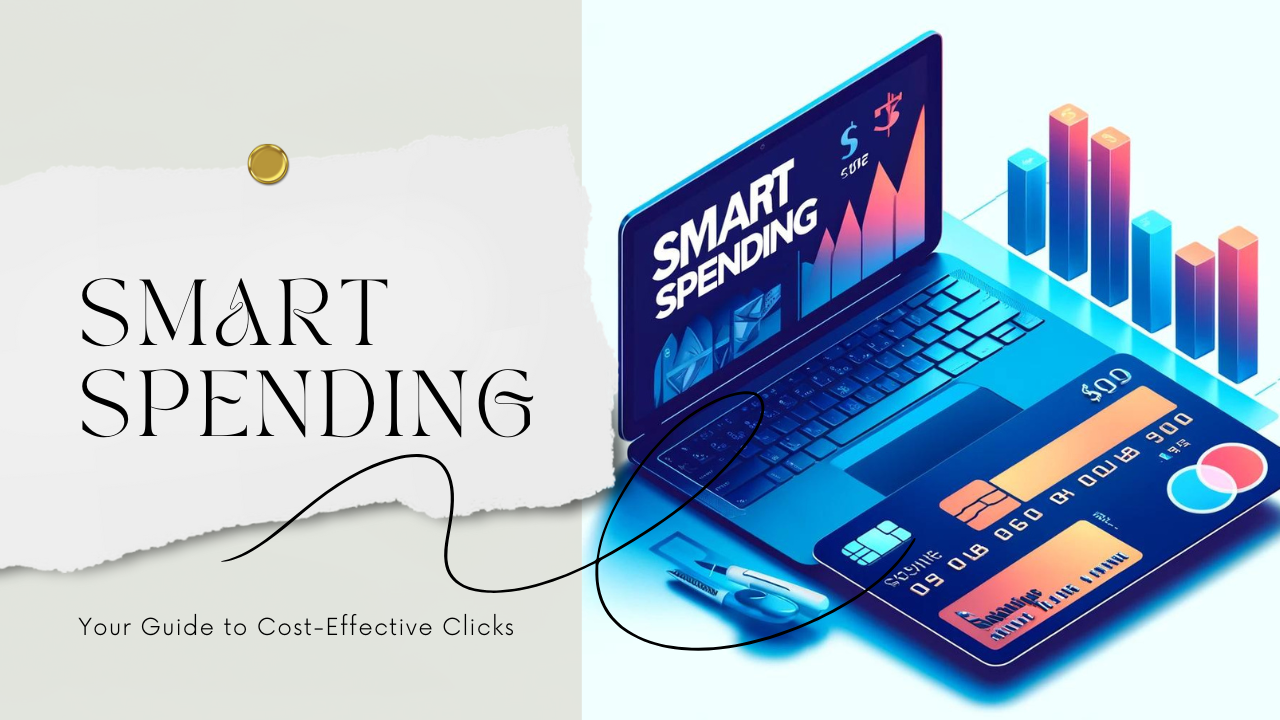
I’m Krishna, and I’m excited to share my journey with you on how I learned to spend smartly on cost-per-click (CPC) advertising. It all started with two websites I launched: ramsetu.info and ramsetucoding.com. From these humble beginnings, I navigated through the complexities of digital marketing and emerged as a content writer with a knack for making every click count. Let’s dive into my story and explore how you can optimize your CPC strategy.here the CPC Reduction Techniques you need to know
The Beginning: Launching Ramsetu.info and Ramsetucoding.com
When I first launched ramsetu.info, my goal was to create a resourceful platform for students. We shared educational information like books, question papers, graduation details, and even simplified textbook paragraphs that often confused students. My aim was to make learning easier and more accessible.
Later, I started ramsetucoding.com to help aspiring coders learn programming for free. This site offered coding tutorials and resources, breaking down complex coding concepts into simple, understandable lessons.
The Struggles with CPC
At the outset, I faced a common challenge: managing my CPC campaigns effectively. My budget was tight, and every click needed to deliver value. However, I made several mistakes that drained my funds quickly. Here are some key lessons I learned along the way.Maximize Ad Performance: Enhance Your Click-Through Rate
Mistake #1: Not Targeting the Right Audience
Initially, I didn’t pay enough attention to targeting. For ramsetu.info, I ran ads that reached a broad audience, many of whom had no interest in educational resources.
- Example: My ads for educational materials were shown to people searching for entertainment content, which was a complete mismatch.
- Solution: I refined my targeting to focus on students, teachers, and parents looking for educational resources. This drastically improved the relevance of my clicks.
Mistake #2: Ignoring Negative Keywords
For ramsetucoding.com, I wasted money on clicks from users looking for coding resources they had to pay for, while my site offered free tutorials.
- Example: My ads appeared in searches for “paid coding courses,” which wasn’t my target market.
- Solution: I started using negative keywords like “paid” and “expensive” to filter out irrelevant traffic. This helped me attract visitors who were genuinely interested in my free content.
Mistake #3: Setting and Forgetting Campaigns
I set up my campaigns and left them running without regular check-ins, leading to inefficiencies and missed opportunities.
- Example: I realized too late that my ad copy for free coding tutorials hadn’t been updated in months, and my click-through rates were plummeting.
- Solution: I began monitoring my campaigns weekly, making adjustments based on performance data to ensure they stayed effective.
Turning the Tide: Smart CPC Strategies
Through trial and error, I developed several strategies that transformed my approach to CPC. Here’s what worked for me:
- Optimizing Ad Copy
- Crafting compelling and relevant ad copy became my priority. I focused on clear, enticing messages that resonated with my audience.
- Example: For ramsetucoding.com, I used headlines like “Learn Coding for Free – Beginner to Advanced Tutorials” instead of generic ones.
- Improving Quality Score
- I learned that Google Ads’ Quality Score could significantly impact CPC. By enhancing the relevance of my ads and landing pages, I lowered my costs.
- Example: I ensured that my ads for coding tutorials led to high-quality landing pages with relevant content and clear calls to action.
- Using Ad Extensions
- Ad extensions boosted my ads’ visibility and provided additional value to users.
- Example: I used sitelink extensions to direct visitors to specific sections of ramsetucoding.com, such as beginner tutorials and advanced courses.
- Geo-Targeting
- I narrowed my target locations to ensure my ads reached the most relevant audience.
- Example: For ramsetu.info, I targeted regions with a high concentration of students and educational institutions, improving engagement and reducing wasted clicks.
Real-Life Success: My Transformation
As I refined my strategies, I saw remarkable improvements. Here’s a glimpse of my journey from struggling to smart spending:
- Refining Targeting: By honing in on my audience’s interests and demographics, I increased the relevance of my ads and reduced unnecessary spend.
- Using Negative Keywords: Filtering out irrelevant traffic saved me a significant amount of money and improved the quality of my clicks.
- Continuous Monitoring: Regularly reviewing and adjusting my campaigns kept them effective and aligned with my goals.
Conclusion: Your Turn to Optimize CPC
From launching my first websites to becoming a content writer, my journey taught me invaluable lessons about smart CPC spending. Remember, the key is to stay informed, be flexible, and continuously optimize your strategy. By targeting the right audience, using negative keywords, and keeping your campaigns fresh, you can make every click count. So, take a page from my book, and start spending smartly today.

